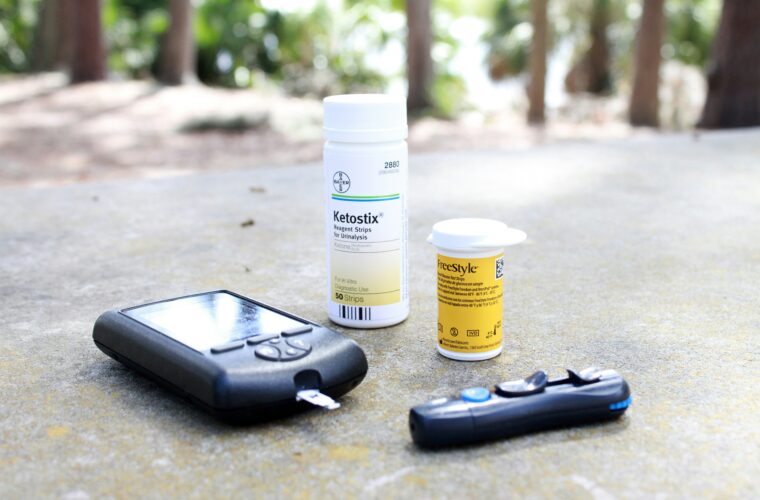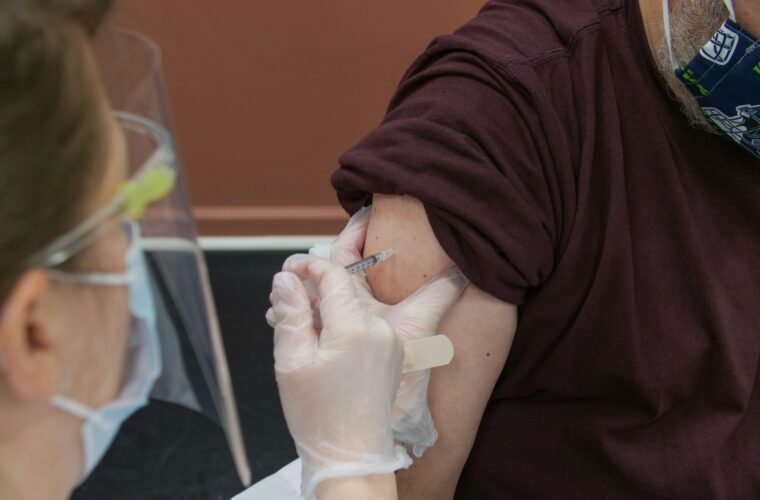In today’s world, where data reigns supreme, personal health information has become vital in the quest for wellness. Continuous Glucose Monitors technology (CGM), once exclusively used in diabetes management, are on the cusp of transcending their medical roots to claim a spot in the everyday lives of health-conscious individuals. This technological evolution offers invaluable insights into managing lifestyles for optimal health, potentially positioning CGMs as a pivotal players in the next wave of health monitoring innovations.
Historically, the primary function of CGMs has been to assist individuals with diabetes—a condition characterized by the body’s inability to regulate blood sugar levels autonomously. These devices provide a dynamic view of glucose fluctuations, assisting those with medical needs and elite athletes seeking to fine-tune their metabolic efficiency.
In the burgeoning health tech market, names like Levels, Nutrisense, Veri, Ultrahuman, Signos, JanuaryAI, and Supersapiens stand out. These pioneers are forging new pathways by overlaying sophisticated software on top of traditional CGM hardware. These advanced systems employ a durable needle sensor that continuously records blood sugar concentrations, offering users a detailed depiction of glucose’s impact on their physiology.
As we witness the convergence of medical technology with user-friendly apps, the use of CGMs is expanding beyond its initial scope. The potential for these devices to shift from niche medical appliances to integral components of personal health regimens beckons the question of their impending ubiquity.
Will CGMs follow in the footsteps of the heart rate monitor, evolving from a professional tool to a staple of consumer health gadgetry? And if they become mainstream, what implications will this have for our understanding of health and how we seek to optimize it? The answers lie at the intersection of technology’s relentless advance and our collective pursuit of wellness—where personal health data becomes the cornerstone of informed lifestyle choices.
The next standard in health monitoring
The quest for real-time health monitoring began in earnest in 1965 when Ames introduced the first blood glucose test strip—a precursor to today’s sophisticated Continuous Glucose Monitors (CGMs). This innovation arrived well before the advent of the wireless Polar Electro heart rate monitor, developed by the Finnish National Cross Country Ski team in the late 1970s. While the heart rate monitor became a ubiquitous accessory for athletes by the mid-1980s, glucose monitoring remained a cumbersome and costly affair for diabetic patients worldwide.
The early days of diabetes management required patients to endure frequent finger pricks to draw blood for glucose testing. Fast forward to the present, and we see an entirely different scenario: current CGM technology enables round-the-clock blood sugar monitoring via small sensors adhered to the skin, capable of remaining in place for up to two weeks—or even up to half a year with the most advanced models. Understanding major tech companies’ slow adoption of CGM technology necessitates a deeper dive into its functionality.
CGMs insert a tiny sensor just below the skin to track glucose levels in the interstitial fluid, offering a window into the body’s sugar regulation. The collected data is wirelessly transmitted to a connected device, such as a smartphone, facilitating continuous monitoring and immediate response to glucose fluctuations. This technology is convenient and can be life-saving for insulin-dependent individuals by providing exact details on glucose levels and enabling timely intervention.
However, CGMs are no longer exclusive to the diabetic community. As of 2022, industry giants are pushing the boundaries, championing CGMs for the general population keen on fine-tuning their health regimes.
Beyond diabetes: lifestyle and performance
The burgeoning interest in Continuous Glucose Monitors (CGMs) for a wide demographic has sparked discussions on the tangible perks for everyday users. Dr. Robert H. Shmerling, a Harvard Medical School faculty member with a distinguished career at Beth Israel Deaconess Medical Center, acknowledges the transformative role of CGMs for people with diabetes. These devices maintain blood sugar levels in the optimal range, averting complications and boosting the overall quality of life. CGMs represent a leap forward in diabetes management, offering pain-free, regular glucose monitoring, alerts for critical fluctuations and the option to share updates with healthcare providers.
For the non-diabetic population, CGMs are touted for potentially assisting in weight control, safeguarding cardiovascular health, and staving off diabetes. The premise is that by circumventing glucose surges, one might manage weight more adeptly than by merely counting calories. Steady glucose could also curtail the risk of heart conditions and preclude type 2 diabetes, particularly for those with prediabetes.
It’s crucial to note that these assertions require more substantial evidence. While high glucose is associated with increased cardiovascular risk in non-diabetics, causality isn’t confirmed. Weight loss studies haven’t conclusively favoured CGMs over conventional dietary advice, and it’s not guaranteed that real-time glucose feedback fosters behavioural changes that lead to better health for those with prediabetes.
Understanding real-time glucose responses to specific lifestyle choices can motivate healthier behaviours. Although research is not yet comprehensive, small-scale studies suggest CGMs improve motivation for healthy lifestyle adjustments. Comparable to fitness trackers, CGMs have garnered interest for their potential to encourage positive health changes.
CGMs from Levels, Nutrisense, Veri, Ultrahuman, Signos, JanuaryAI, and Supersapiens are offering insights into how different foods and activities affect glucose levels, suggesting the possibility for tailored nutritional guidance. For instance, according to Dr. Nicole Ehrhardt, an endocrinologist, observing glucose peaks and troughs after meals might help individuals pinpoint and adjust dietary triggers for these fluctuations. Moreover, seeing the immediate effects of exercise on glucose levels can encourage increased physical activity.
High-level Athletes have been exploring CGMs for personalized carbohydrate management to enhance performance for years. Consistent glucose during exercise is crucial, and CGMs can help fine-tune carbohydrate consumption for maintaining energy stores and aiding recovery. Nonetheless, a 2022 review highlights a lack of definitive evidence supporting CGM use in sports nutrition, even as some companies market these devices to athletes with performance-enhancement claims. For sports nutrition experts, CGMs could be invaluable in crafting individualized dietary strategies.
The rise of less invasive CGM
For Continuous Glucose Monitors (CGMs) to truly penetrate the mainstream market, the invasiveness and cost factors must be addressed. Currently, CGMs can be a costly affair, with monthly charges ranging from $300 to $400 — a steep price for individuals with and without diabetes, where the benefits are not definitively proven. This investment may not be compelling for the healthy population lacking a clear diabetes risk.
However, the growing interest from a wider audience and the potential public health benefits underscore the importance of pursuing non-invasive glucose monitoring technologies. Recent advancements are promising, with several non-invasive devices in the pipeline demonstrating better accuracy and user-friendliness. Yet, the journey of these technologies has been historically checkered with overhyped promises and underwhelming results despite the rise of minimally invasive CGMs as a staple in glucose management.
Innovative research has shed light on two promising non-invasive techniques: analyzing a person’s breath and utilizing Raman spectroscopy to measure glucose levels through light. A few months ago, Apollon, a pioneering startup based in Seoul, joined the Massachusetts Institute of Technology (MIT) to develop a wearable medical device leveraging Raman spectroscopy for CGM applications.
The question remains whether such non-invasive methods will gain widespread adoption and catch the attention of tech giants. With speculation that Apple may integrate this technology into future Apple Watch models, the potential for non-invasive CGMs in the consumer market seems more tangible than ever.



